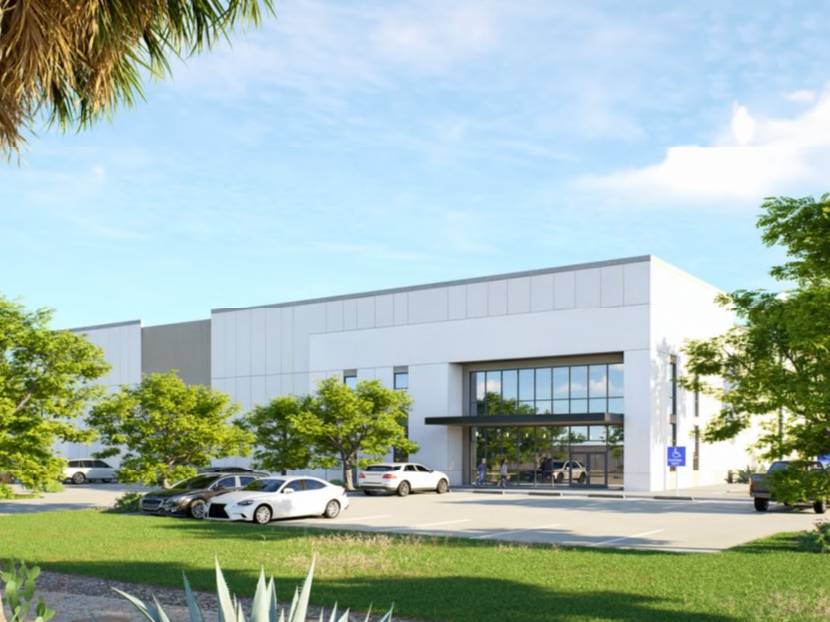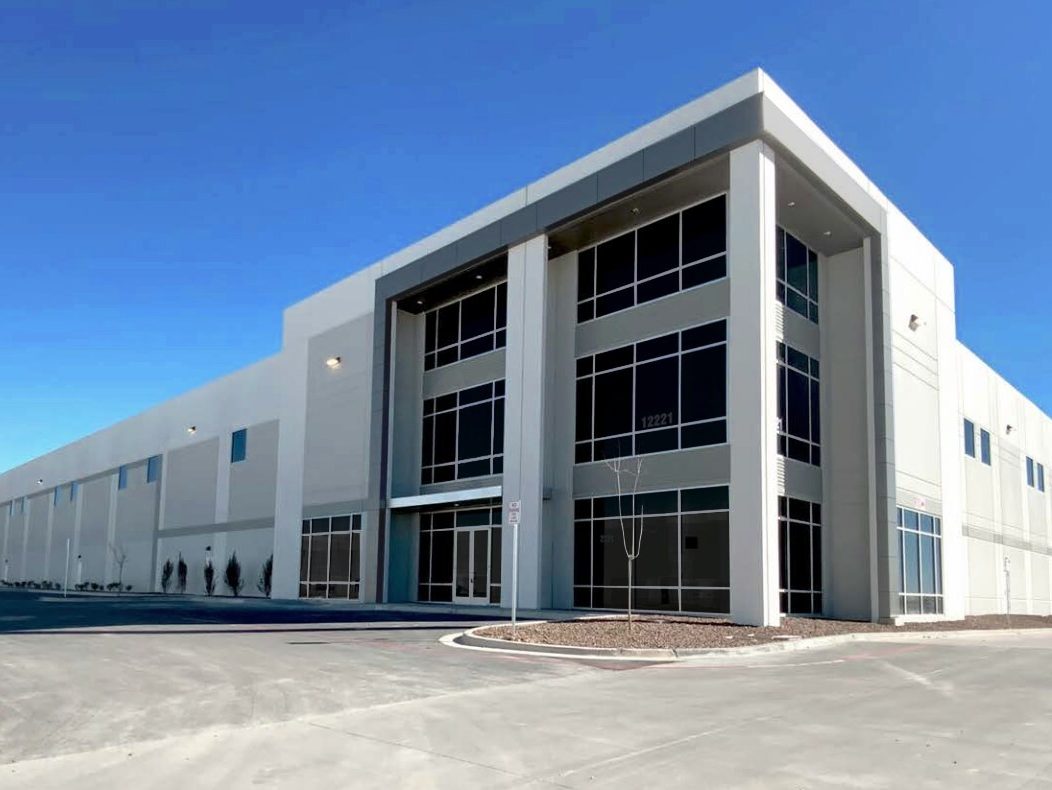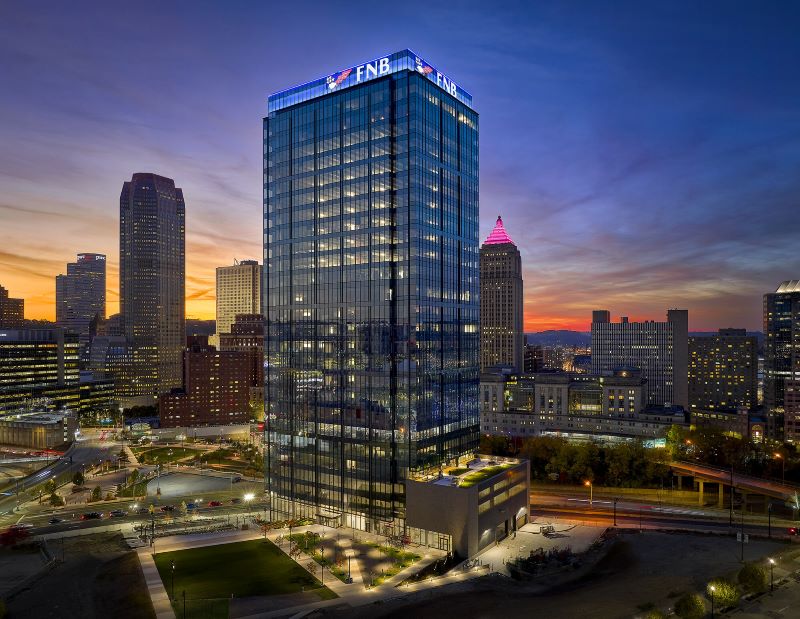Navigating the Retail Sector’s Unpredictable Future
MetLife Investment’s report explores the industry’s future and challenges.
The commercial real estate sector is as healthy as ever, but it’s the retail portion of the market that is proving hard to predict, according to MetLife Investment Management’s latest report.
In their quarterly report on commercial real estate, MetLife explained that the market has strong fundamentals, with declining vacancy rates and increasing rents across property types so far in 2019. Offices will benefit from a slowing construction pipeline in the next two years, while the industrial sector is also enjoying boosts from the rising demand of e-commerce and fulfillment centers. On the other hand, e-commerce is causing a lot of uncertainty for the retail sector of commercial real estate.
READ ALSO: New Low for Quick-Service Restaurant Cap Rates
As e-commerce continues to be a staple of the American shopping diet, brick and mortar retail has definitely felt the impact. But the picture of retail isn’t that straightforward, as experiential retail is continuing to do well. According to another MetLife report on experience-based retail, people spent $1.30 on experiences compared to every dollar they spend on actual purchases. E-commerce has also prompted retailers to begin using their brick-and-mortars more as showrooms to boost online sales, meaning lower need for inventory and large footprints. In an analysis of 150 retail leases, MetLife saw that the median store footprint decreased 1.2 percent between 2017 and 2018.
Even a retail category that was largely sheltered from the e-commerce effect might begin to feel the pressure. Grocery retailers have long proved profitable for investors, but the introduction and adoption of grocery delivery services like FreshDirect and Instacart could chip away at its armor from the e-commerce effect. Even so, MetLife’s report felt that grocery will still be insulated from e-commerce and other economic conditions, but to exercise some caution.
“Some investors may not be appreciating the headwinds facing grocery stores in the 2020s, with many centers still trading at sub-5 percent cap rates,” Will Pattison, MetLife’s head of real estate research and strategy, said. “There is also very little consideration given to the markets that are more or less likely to be further disrupted by e-commerce.”
While more global in scope, some external factors like ongoing trade tensions, the Tax Cuts and Jobs Act, a no-deal Brexit and the developing political situation with Iran could hamper the market. The MetLife report noted that these events will probably not have a negative outcome on the market, but the uncertainty they bring about could cause some dips.
Navigating the market
To better navigate the unpredictable market that is retail, MetLife developed a model to help identify how a metro market could be impacted by e-commerce’s growth. Their method involves looking at consumer habits, statistics of transportation and logistics workers in the area and Google Trends to see if people in a certain area are searching for e-commerce terms, like “Amazon” or “coupon code.”
Their research showed that markets like Chicago, Baltimore and Salt Lake City have around 53 percent of their residents buying online regularly in 2018, and that percentage has since stabilized. The market in Chicago has become so conducive for e-commerce that Amazon is even expanding its presence there with a 70,000-square-foot tech hub.
In other cities like Los Angeles, Las Vegas and Oklahoma City, 44 percent of the residents were buying online in 2018, which was a 5 percent rise from the previous year. Markets like these are more likely to be disrupted by e-commerce, according to the report. But some of MetLife’s research results were more surprising.
“We were not expecting residents in Minneapolis to be buying so many goods online,” Pattison said. “Our first thought was that cold weather may be the culprit and although this may be partially true, we later discovered it was one of Amazon’s first markets with free next day shipping.”
Pattison added that Nashville, Tenn.’s retail real estate outperformance was one of the biggest outliers and that they didn’t have a solid explanation for it.
However, the MetLife report explained that the e-commerce craze can’t last forever and predicts a slowdown in its growth rate in the 2030s, which will put its numbers back on par with brick and mortar. At the same time, that slowdown would provide a good opportunity to buy retail real estate in markets with a slowing rate of e-commerce spending, according to MetLife.








You must be logged in to post a comment.